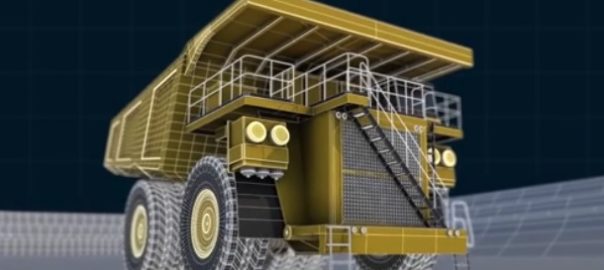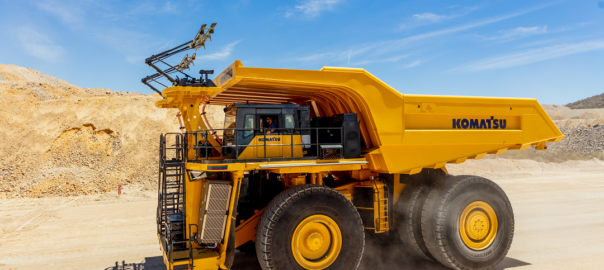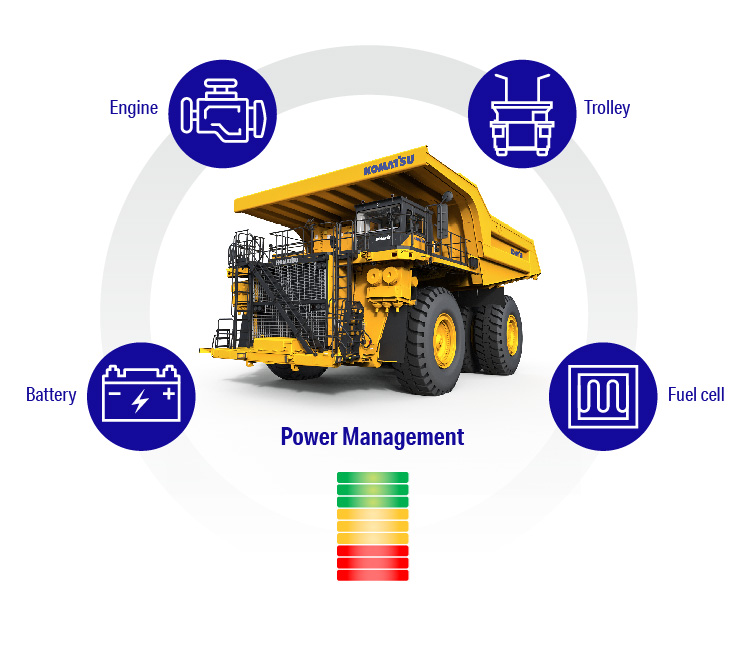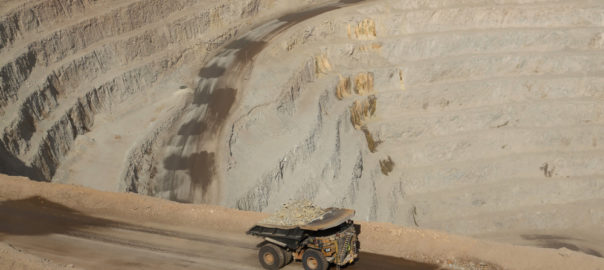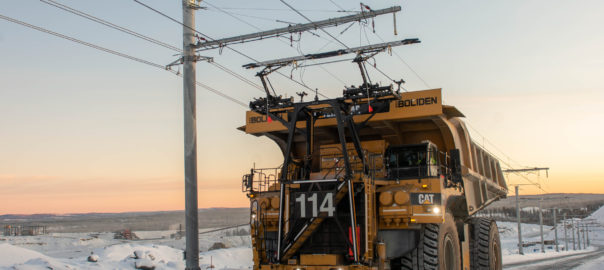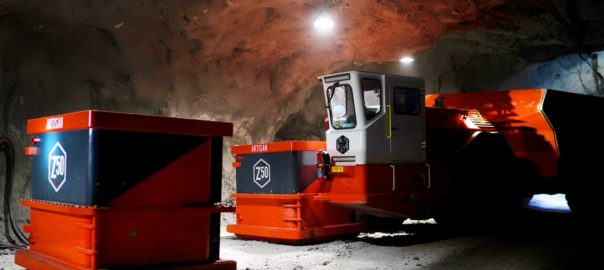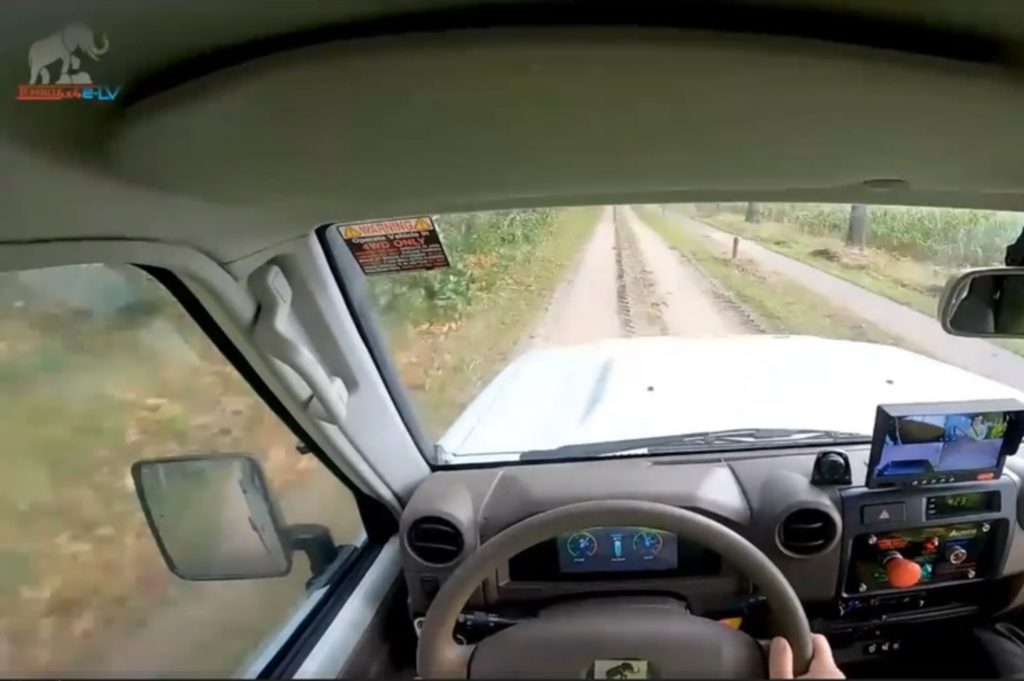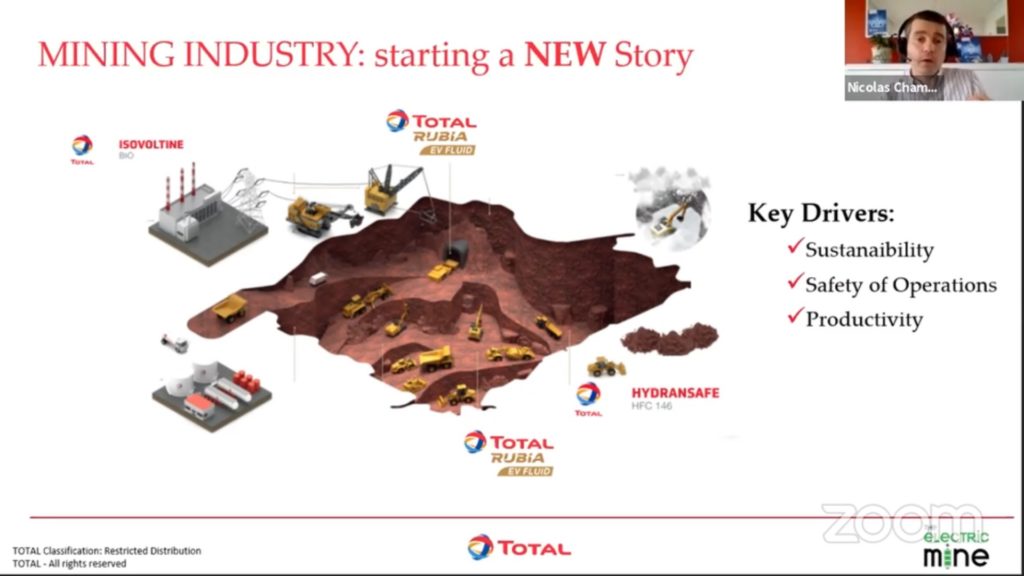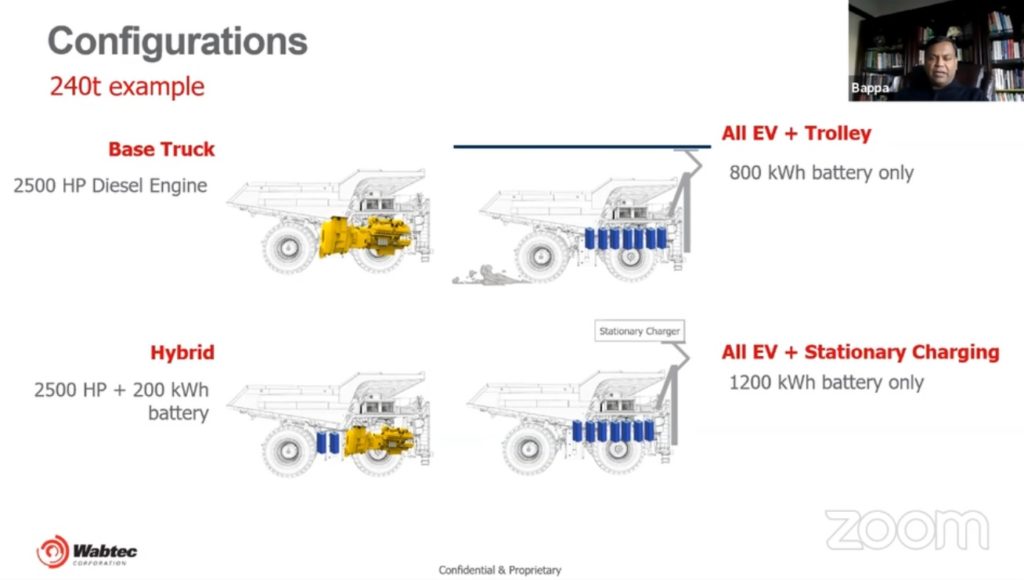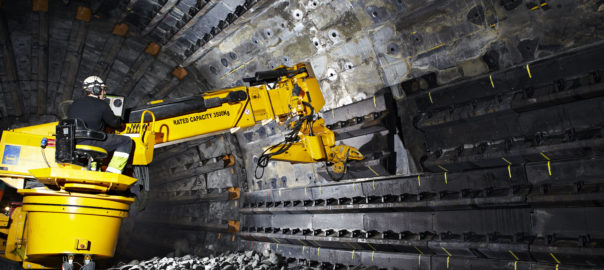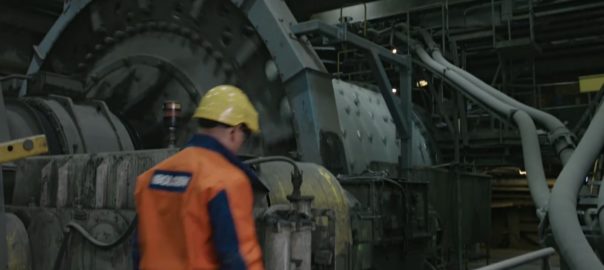The organisers of the Charge On Innovation Challenge have reported an overwhelming response to the preliminary phase, which closed on July 31, with 21 mining companies joining as patrons, over 350 companies from across 19 industries registering their interest as vendors, and more than 80 organisations submitting expressions of interest (EOI).
The challenge, a global competition, is expected to drive technology innovators across all industries to develop new concepts and solutions for large-scale haul truck electrification systems aimed at significantly cutting emissions from surface mining. It also aims to demonstrate an emerging market for charging solutions in mining, accelerate commercialisation of solutions and integrate innovations from other industries into the mining sector.
BHP, Rio Tinto, and Vale, facilitated by Austmine, launched the Charge On Innovation Challenge in May of this year, initiating the EOI process on May 18. Since the initial launch, Roy Hill, Teck, Boliden, Thiess, Antofagasta Minerals, Codelco, Freeport McMoRan, Gold Fields and Yancoal came forward as patrons by early July.
The latest release has highlighted another nine miners to join as patrons. This includes Barrick Gold, CITIC Pacific Mining, Evolution Mining, Harmony Gold, Mineral Resources Ltd, Newcrest Mining, OZ Minerals, South32 and Syncrude.
The patrons, supported by Austmine, will assess the proposals over the next month and select a shortlist of vendors who will then formally pitch their challenge solutions.
At least one of these proposals has come from ABB, which confirmed earlier this month that it had submitted its ideas for the challenge using its mine electrification, traction and battery system eand charging infrastructure expertise.
At the end of the pitch phase, the challenge patrons will look to select the most desirable charging concepts identified as having broad industry appeal and application, as well as providing a standard geometry that enables chargers to service trucks from different manufacturers. The first concepts could be ready for site trials in the next few years, according to the organisers.
BHP’s Charge On Innovation Challenge Project Lead, Scott Davis, said: “The Charge On Innovation Challenge is a great example of the current collaborative work being done by the mining industry in seeking solutions to decarbonise mining fleets. The challenge received interest from companies based in over 20 countries, showing the truly global reach of the opportunity to help reduce haul truck emissions.”
John Mulcahy, Rio Tinto’s lead for the Charge On Innovation Challenge, said: “Twenty-one mining companies, all focused on lowering carbon emissions, have joined as patrons. Together we’re encouraging technology innovators to help us introduce large-scale haul truck electrification solutions. The sooner we bring these technologies to market, the sooner we can introduce them to our fleet, and reduce emissions.”
Vale’s Charge On Innovation Challenge Project lead, Mauricio Duarte, said: “We are very happy with the results of the first phase of the project. It´s still early to talk about the success of the challenge, but it is clear that the industry has reached a new level: we worked together on a common sustainability agenda and we will work collectively to reach our goals, gaining safety and speed on our way to low carbon mining.”







